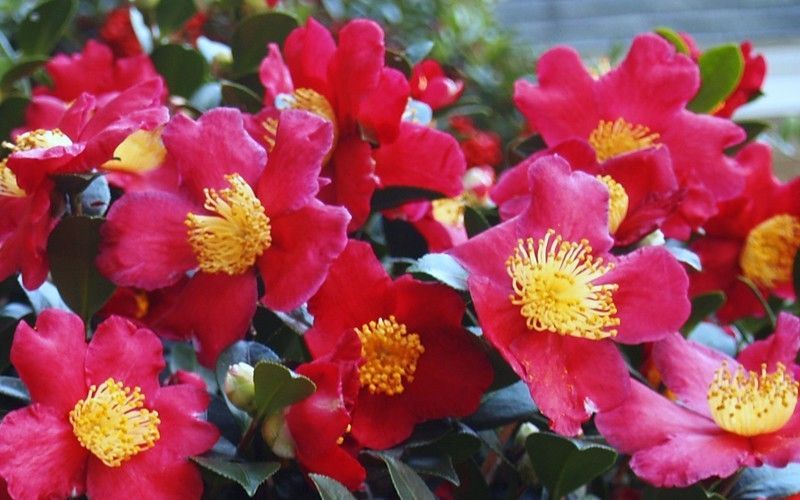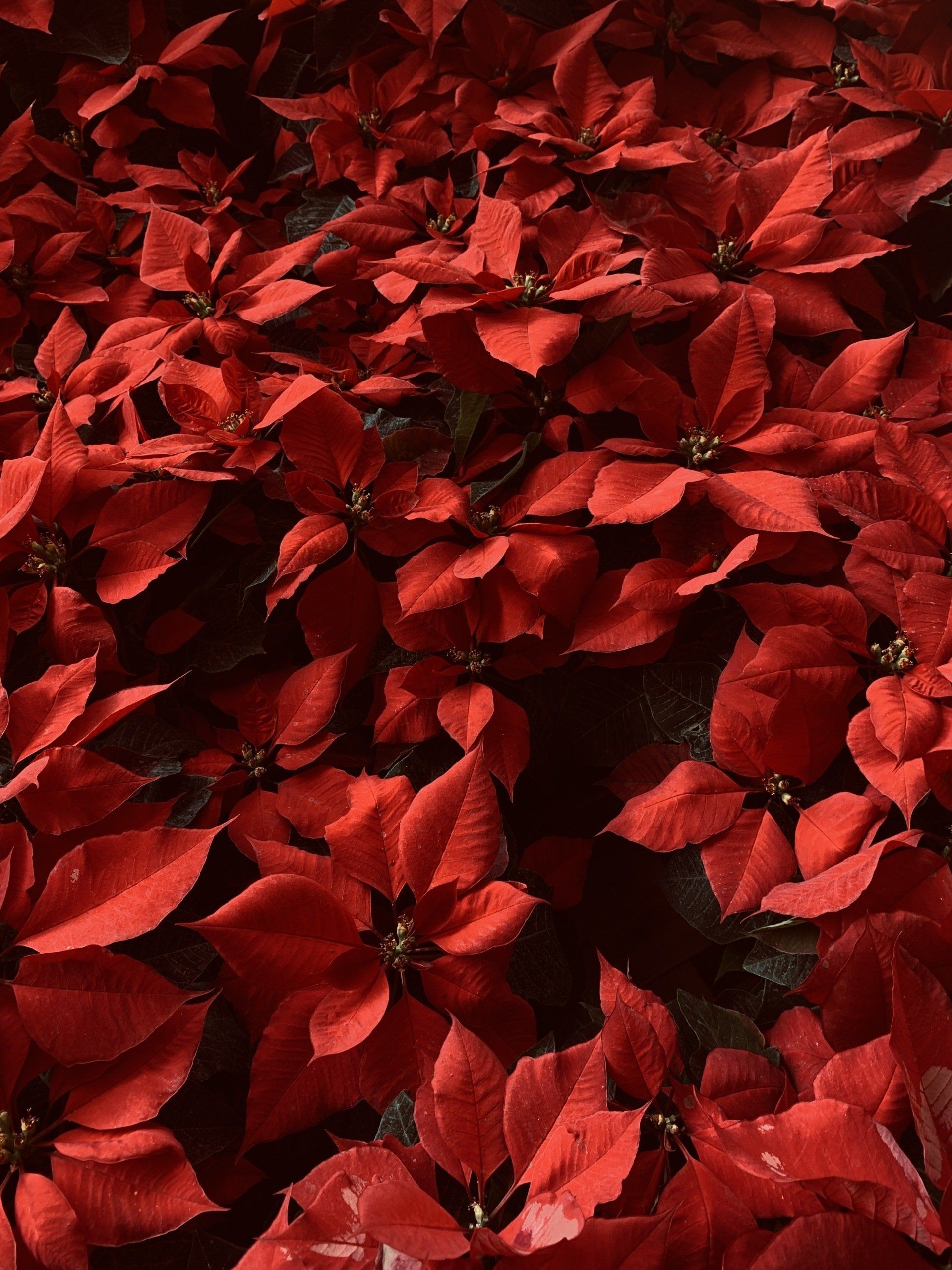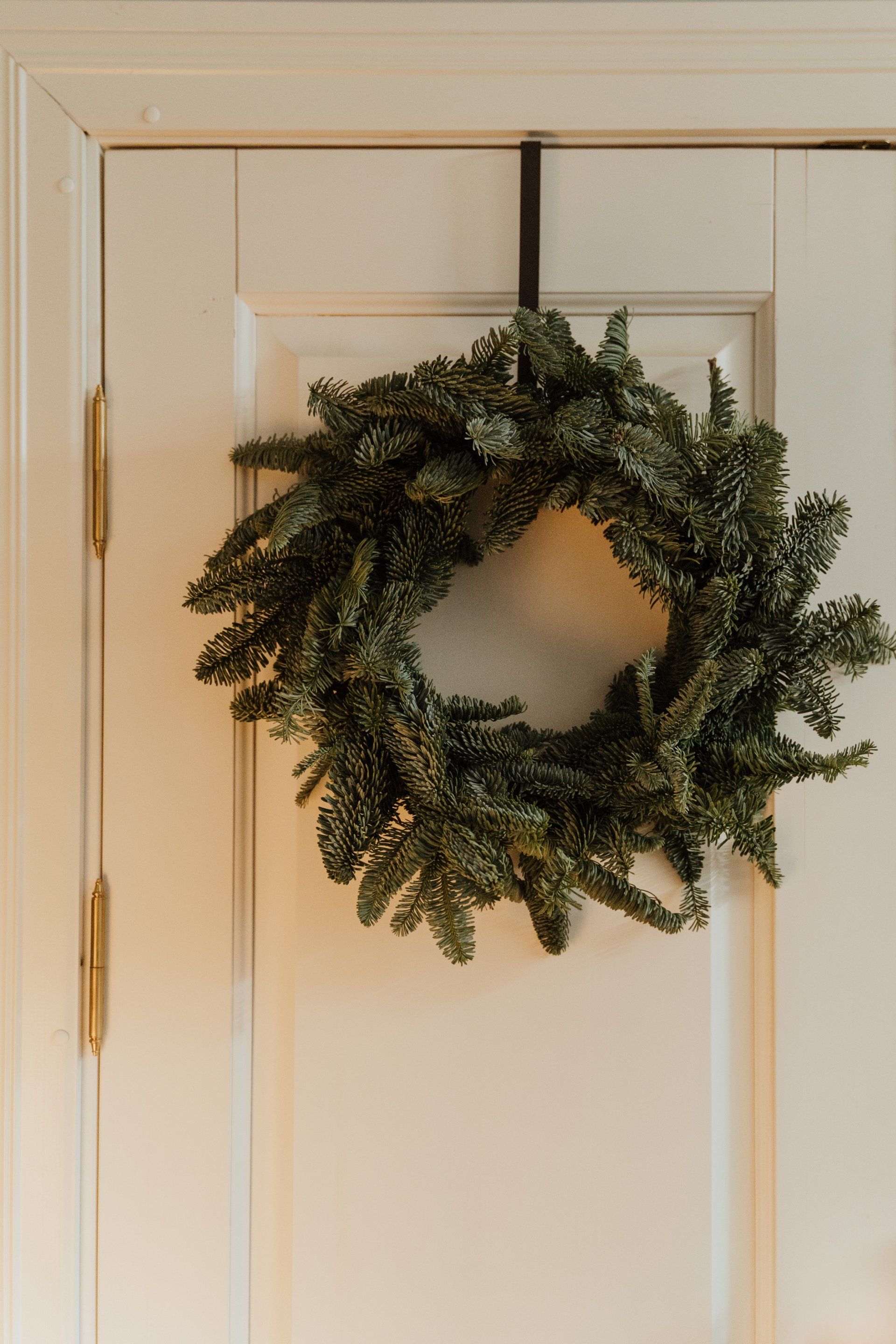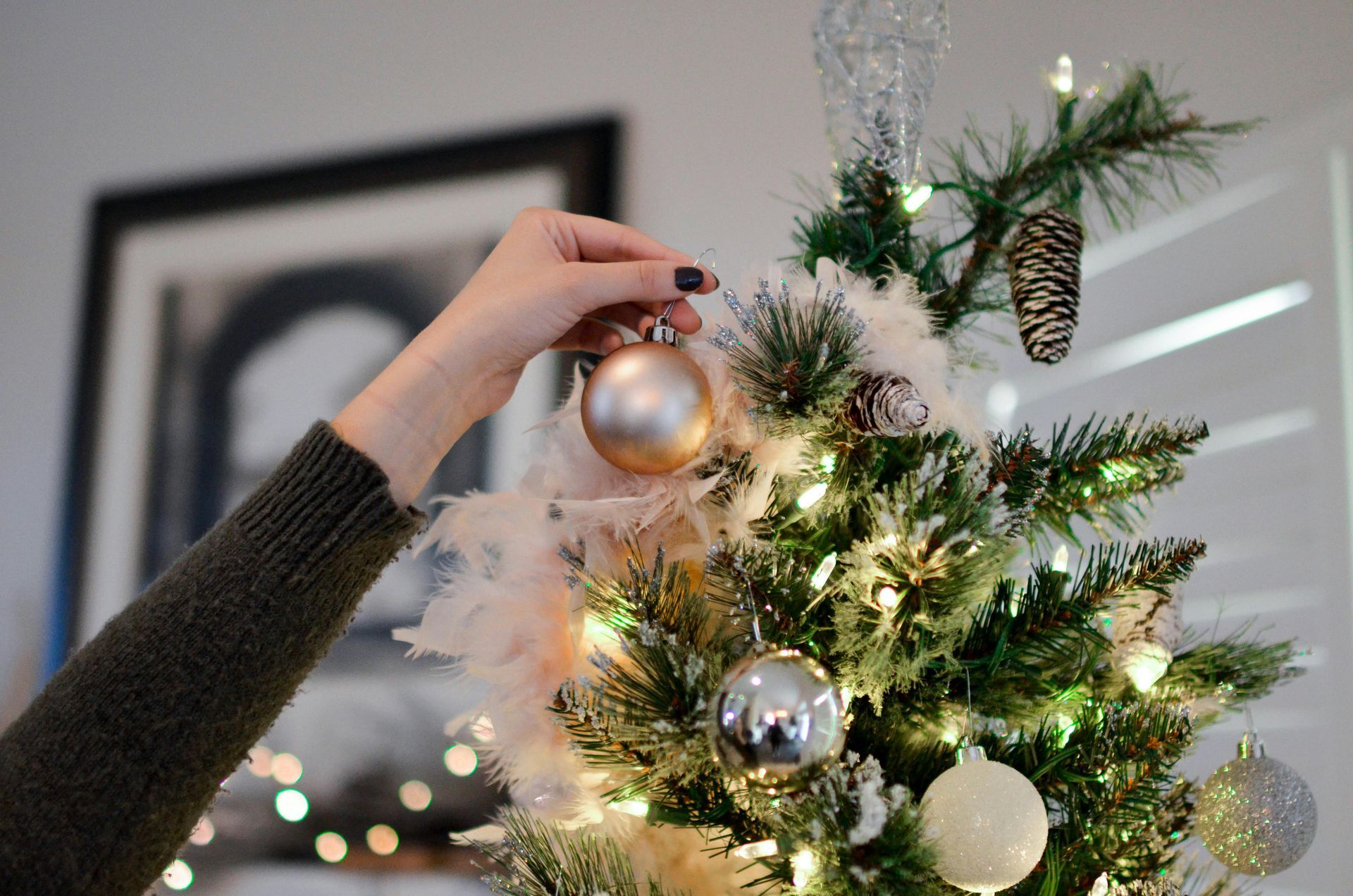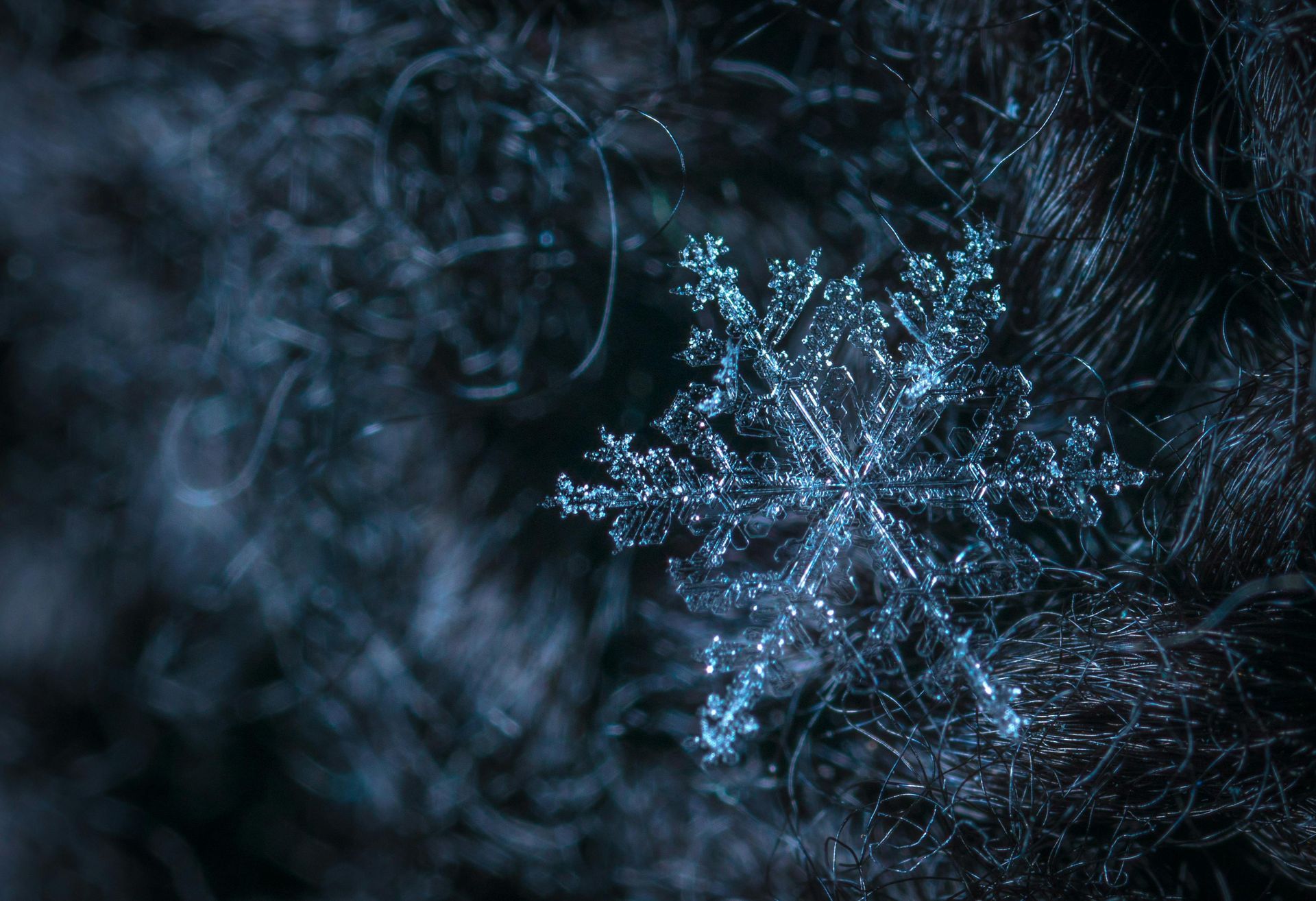Don’t Wait! Root Stimulate for Fall Planting Success!
Many people are asking whether the fall is an okay time of the year to plant, with winter being a stone’s throw away. The answer is that it’s the best time of the year to plant!
You may think spring is the best time of the year for planting, but it is NOW!
By planting in the fall, it takes advantage of the amazing opportunity to get plants established. The first priority after planting is root growth. This occurs best during the fall and winters in Louisiana when shoots and flowers grow slowly.
FOCUSED ENERGY
Think of the springtime-leaves and limbs growing, flowers erupting, new plants getting established in their new home. It’s a busy time for plants. They have a lot of work to do and they have to do it all at once! It’s like your boss giving you 10 jobs to accomplish all at once. A plant’s energy is pulled into many directions simultaneously.
Fall is a different matter. A new tree has only one job to do in the fall-grow new roots. This is exactly what you want a new plant to do for it’s long-term health. A tree will grow roots until the ground freezes in the winter, establishing a strong foundation for it’s future.
ENVIRONMENTAL CONDITIONS
What season follows spring? Summer. Hot, dry summer. A spring-planted tree will require careful maintenance to insure its immediate health. It is a stressful time for plants, particularly newly-planted ones. Fall planting is less stressful for trees and shrubs. The growth processes are slowing down as the tree goes dormant. This allows the tree to conserve its energy into root production as talked about already. The cooler temperatures and fewer leaves mean that the tree isn’t using as much water which translates into less maintenance for you.
Can you successfully plant trees in other seasons? Of course! But the focused energy and the environmental conditions of fall allow for less transplanting shock on newly-planted trees. A tree that is not stressed is a happy, healthy tree. Which translates into less work for you. More time for you to enjoy a cup of coffee on the porch on these crisp mornings.
We suggest buying and applying root stimulator when you plant your trees and shrubs. Is this snake oil, or some kind of voodoo?
The fine print on the label says it contains something called indole-3-butyric acid. What exactly is this? Well, butyric acid is a synthetic plant hormone that very closely imitates the function of the natural hormone, auxin, in plant development. Auxin is the hormone that tells the tip of a stem or root to grow, and there is an auxin receptor at every node and tip of every stem and root.
For example; when our roses become leggy and we cut them back to make them “full” again, we are removing the auxin receptor at the end of that branch, forcing all the side buds along the stem to receive more of the hormone. This is what creates new side branching, which are the next stems to grow and produce new flowers.
Just as we deadhead or cut back bushes and shrubs to make them prettier, we tell people to trim or tease the root system of a plant that has just been taken out of a container before planting. This breaks off the tips of those roots that have begun to encircle the base of the pot it was grown in and will allow new side shoots to form at the edges of the root system so the newly forming roots can grow outward and downward, instead of continuing in a spiral.
When plants are first in the ground they don’t have the ability to reach any of the water in the soil that is not directly against the existing roots. Many people make the mistake of seeing that some part of their flowerbed is moist and think their plant is okay, but the new plant already drank all of the water right next to its roots and there will be a little halo of dry soil surrounding that new plant.
This is where Root Stimulator comes in. Plants really like grow when there are warm days and cool nights and soil temperatures are 55-65 degrees. We can force the plant’s roots to think it’s time to grow, however, by applying the butyric acid. Our root stimulator also contains a wetting agent, which actually helps moisture reach root surfaces, helping those baby roots access every last bit of water available. This will encourage rapid development of new feeder roots and help with easy water absorption while the plant is trying to become established.
The fertilizer in root stimulator contains relatively high phosphorus which encourages branching development (think of roots as underground branches), and lower amounts of nitrogen which encourages leaf growth.
The larger the root system gets with time, the more water the plant can absorb, even if we are not getting much rain. This is why fully established plants should only ever be irrigated if we are in a serious drought. The surface of our soil may dry very quickly, but the roots of healthy plants are reaching far into the ground to access groundwater not available at the surface.
Root stimulator is very easy to use – all you need is a watering can. Simply mix 3-1/2 tablespoons (1.75 oz) of root stimulator into a gallon of water, and water your transplants with it once every two weeks until they get established. Small bedding plants can get about a pint (16 oz) of water, whereas larger plants 2-3 feet tall can get about a half gallon. Larger shrubs and trees will like a full gallon of root stimulator solution once every two weeks. It is important to note that Root Stimulator is not rated for edible plants.
By the following spring, your plant should have a well-established root system, and will be ready for conventional fertilizer like tree and shrub food or all-purpose fertilizer.

